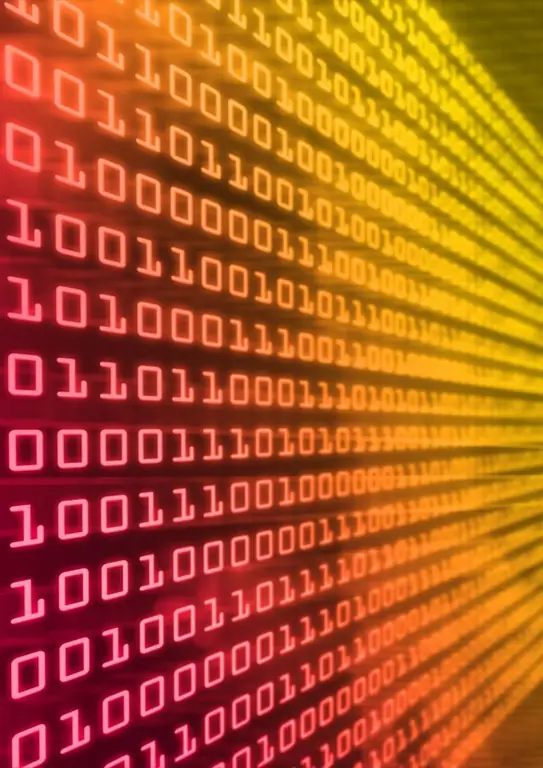It is not uncommon for users to encounter incorrect display of HTML pages in browsers. Squares or circles are shown in the text instead of letters. But if a text in an unfamiliar language can somehow still be tried to understand, then such a machine language of geometric shapes is simply unrealistic to understand. However, the point is that these pages use a different character encoding.

Instructions
Step 1
To find out the encoding, you first need to determine what it affects. An encoding is a specific way of converting a sequence of bytes transmitted from a server to a user into a sequence of characters. Thus, depending on the type of encoding, the user will see either letters and numbers that he understands, or meaningless characters. The encoding used for each page is specified in its HTML, which is processed by the browser. Modern browsers detect the encoding automatically so that users do not notice the change as they navigate the pages.
Step 2
You can find out the encoding by looking at the HTML code of the page. To do this, browsers have an option, usually found in the View menu, called Source Code. Go to any page on the Internet. To find out the encoding, go to the view mode of its HTML code. Use the search option to find the “charset” parameter in it. The encoding method is set by him. The character set specified next to the parameter, for example, Windows-1251, utf-8 and others, will be the type of encoding used on this page.
Step 3
Also, sometimes browsers cannot recognize the encoding correctly. In this case, you can change it by manually specifying its method. Depending on the browser, go to the "View" or "Page" menu, select the "Encoding" item and in the list of available encodings that opens, specify the desired one. The page will automatically display in a new way.






